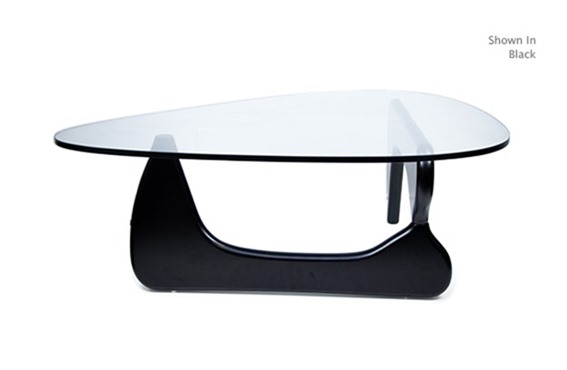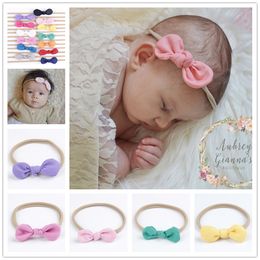The humble coffee table would hardly seem to be the place to think about modern art, unless you have a coffee table book about it sitting on the table in your living room. Since the 1950s, however, coffee tables have been embracing the modern art image, and can rightly stand in as art pieces on their own merits.
What we think of as a coffee table is a product of the late Victorian era, or the late 1800s. The use of low tables in common areas is hard to trace historically, with roots in the Ottoman Empire and Meiji-era Japan in equal measure. Such tables were frequently used outdoors in these cultures, particularly in gardens where men of means would sit together and enjoy beverages while talking of important matters.
They were moved indoors and explicitly called coffee or tea tables in Britain itself sometime after 1868, and often reflected the heritage of other furniture at the time. In that time, furniture was hand-crafted, with intricate decoration and ornamentation. A piece of furniture was more desirable if it had taken weeks to produce, and if it echoed previous designs in its construction. Such pieces would today seem very much at home among the Ming vases and ornate grandfather clocks on the Antiques Roadshow.
The Modernism movement helped to significantly change all of that. Modernism was summed up in the sage advice of of Ezra Pound in 1934; “Make it new!”
New designs, things that hadn’t been seen before and made of materials people hadn’t yet considered, came roaring into the public mind. Chairs made of minimal lines of metal, leather, and plastic replaced grand overstuffed sitting chairs. Simple structures replaced hand-made scrollwork, and convenience overrode heritage. The idea of modernism seemed to involve boiling down each piece of furniture into its simplest possible lines, to capture the essence of what it was for. The use of new materials also allowed for new shapes, constructions that hadn’t been seen before, with new curves and lines to capture the eye.  The Noguchi Coffee Table Replica is an example of this trend. Based on one of the earliest truly modern art coffee tables. The supports are unusually designed, set at an angle to each other, with curves and dips supporting the table’s weight instead of four simple legs. The surface is glass, in the shape of a slightly flattened egg. The entire design looks light and sleek, with no sharp edges to distract the eye from graceful curves. You can also find amazing modern coffee tables at Furniture.com
The Noguchi Coffee Table Replica is an example of this trend. Based on one of the earliest truly modern art coffee tables. The supports are unusually designed, set at an angle to each other, with curves and dips supporting the table’s weight instead of four simple legs. The surface is glass, in the shape of a slightly flattened egg. The entire design looks light and sleek, with no sharp edges to distract the eye from graceful curves. You can also find amazing modern coffee tables at Furniture.com
Parenting and Family Lifestyle

Leave a Reply